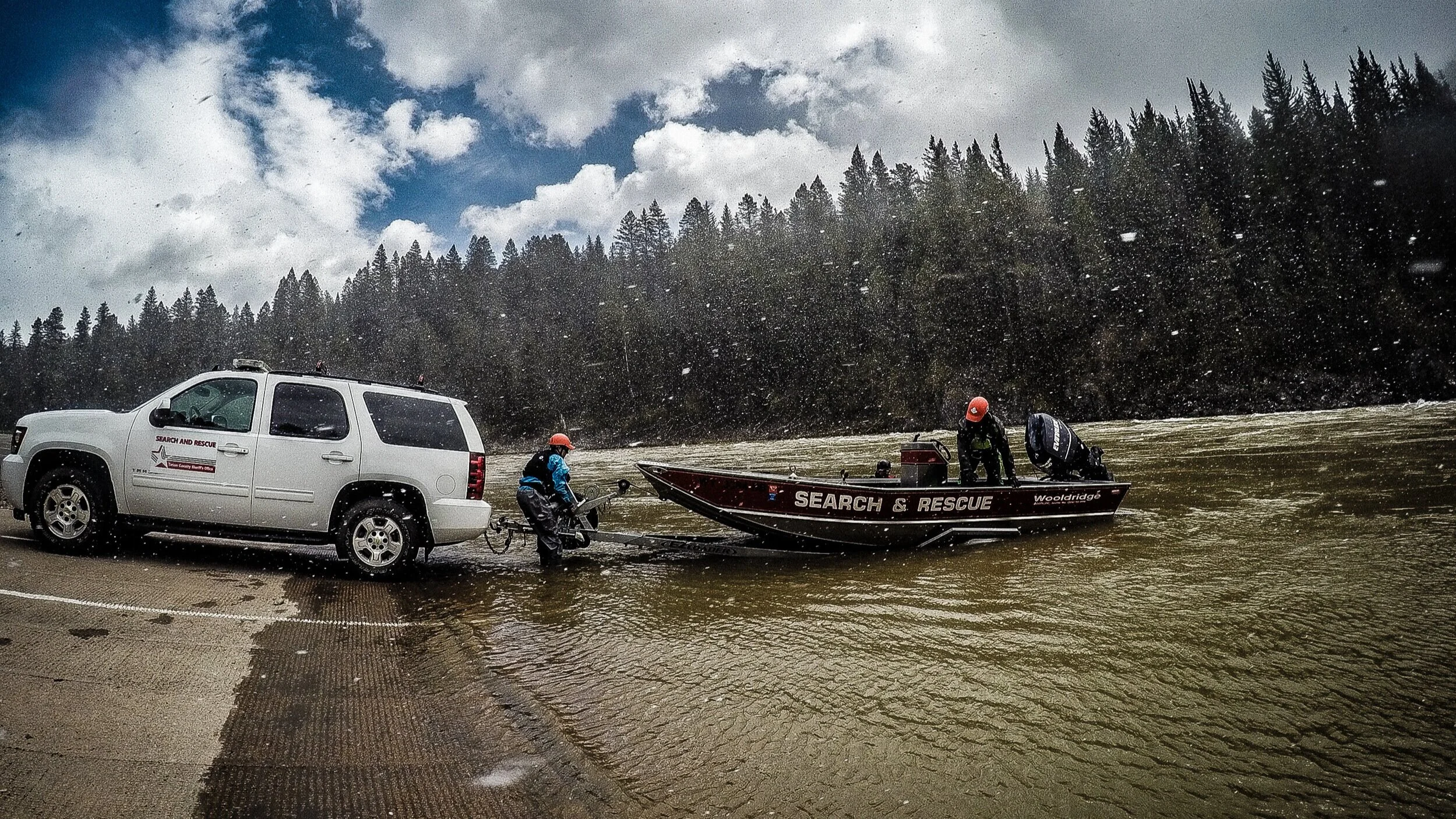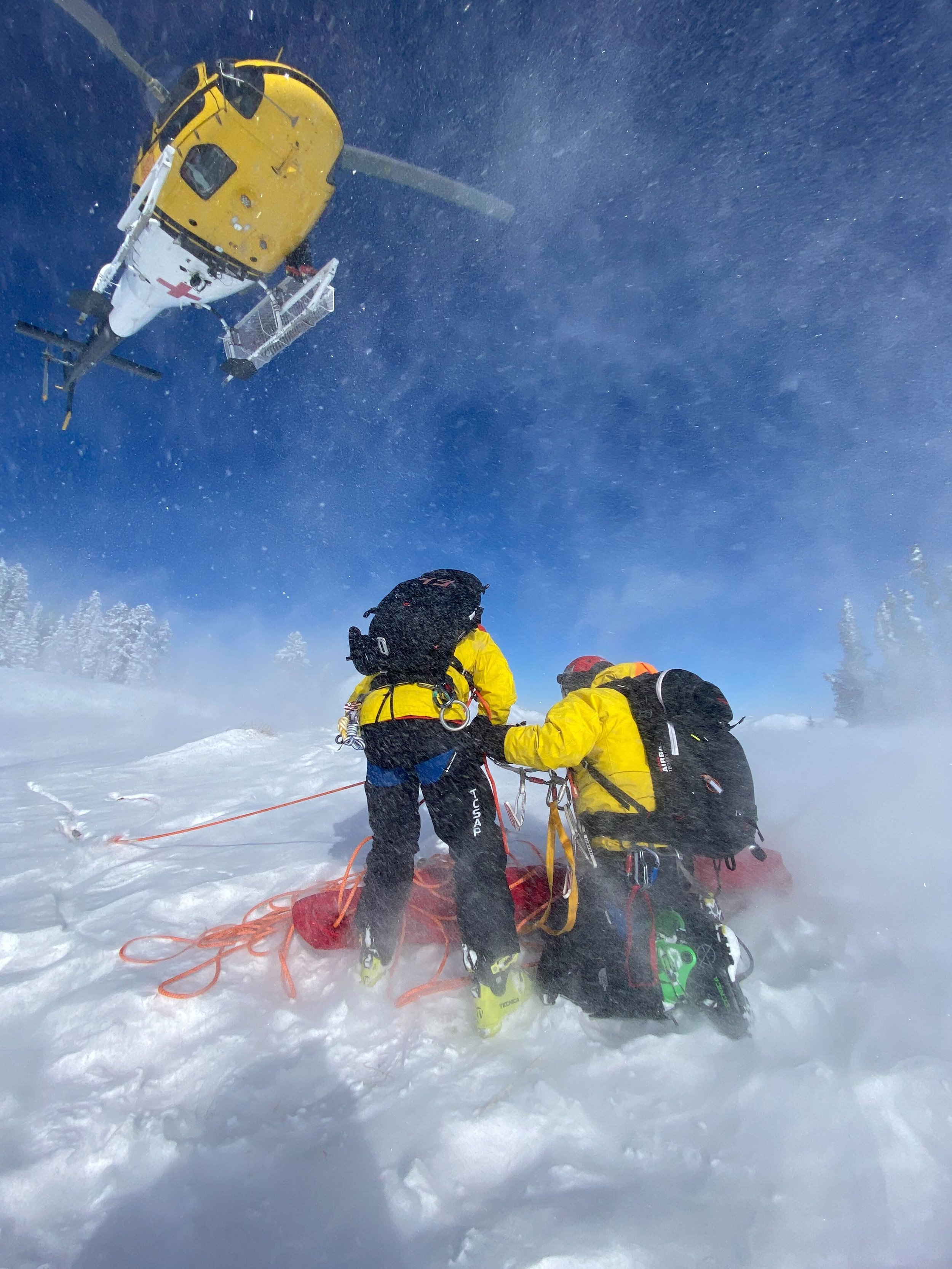Season 8 of The Fine Line concludes with a wild story that demonstrates how there will always be people who go right up to the edge in the Tetons, and venture beyond it despite the risks.
The story includes the keen perspectives of Teton County Search & Rescue volunteer Anthony Stevens and TCSAR Chief Pilot Steve Wilson, and how they rescued local snowboarder Sasha Motivala after a traumatic accident on No Name Peak on April 12, 2024.
Please tune in for this thought-provoking conversation about risk tolerance, decision-making, and the lifesaving skillsets of Teton County Search & Rescue.
Produced by Backcountry Zero, Season 8 of The Fine Line is presented by Stio, with support from Roadhouse Brewing Co., Arc'teryx and KHOL.
Editing for The Fine Line is by Melinda Binks, with original artwork by Jen Reddy. The theme song is by Anne and Pete Sibley, with additional music produced by Ben Winship. Interview and storytelling by Matt Hansen.
Thank you so much for listening to The Fine Line. Find it today wherever you get your podcasts. And if you like what you hear, please leave us a review and share it with a friend.










